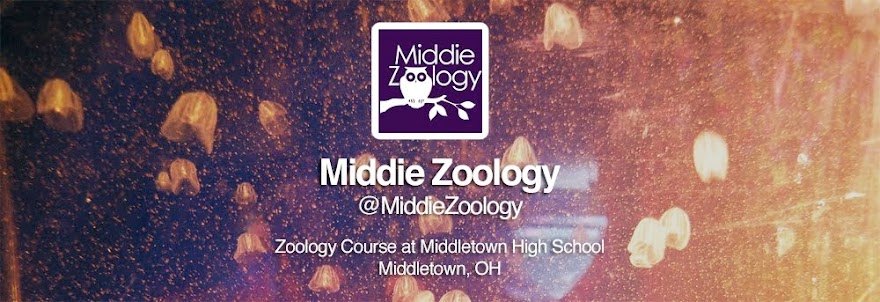Watch the video, Great Transformations, and answer the following questions:
- What are the scientists studying in this video? What types of evidence are they looking at? (List as many as you can. This question is ongoing throughout the video.)
- What evidence supports the evolutionary history of whales? (List as many as you can. This question is ongoing throughout the video.)
- What is a transitional form? What is an example of transitional form?
- Why are scientists studying spines?
- Why are scientists interested in different ways animals travel?
- What evidence can you discuss that shows connections of all living things? Give specific examples.
- Give examples of signposts or key species in the “tree of life”.
- What
allowed major events in life history?


